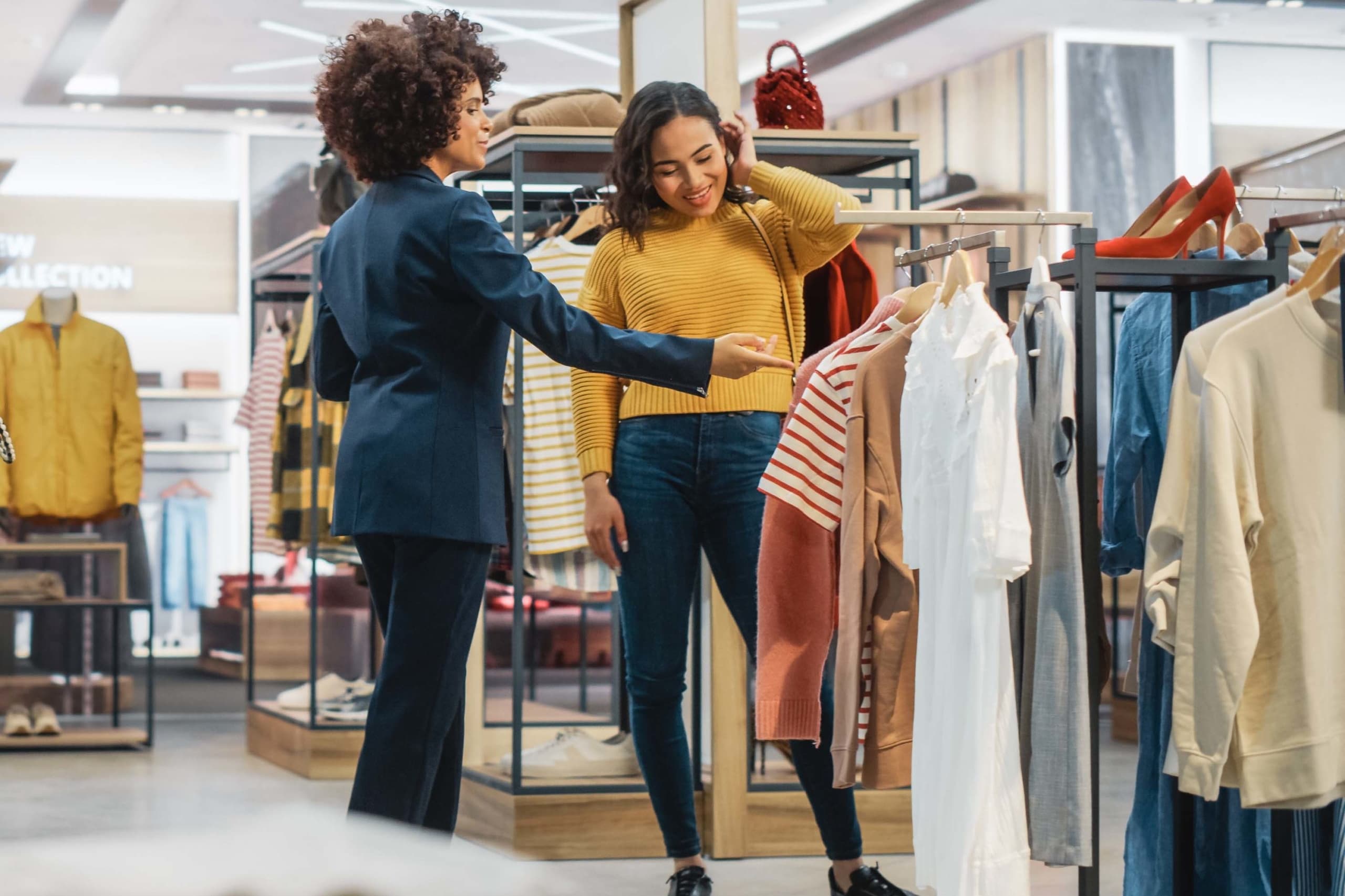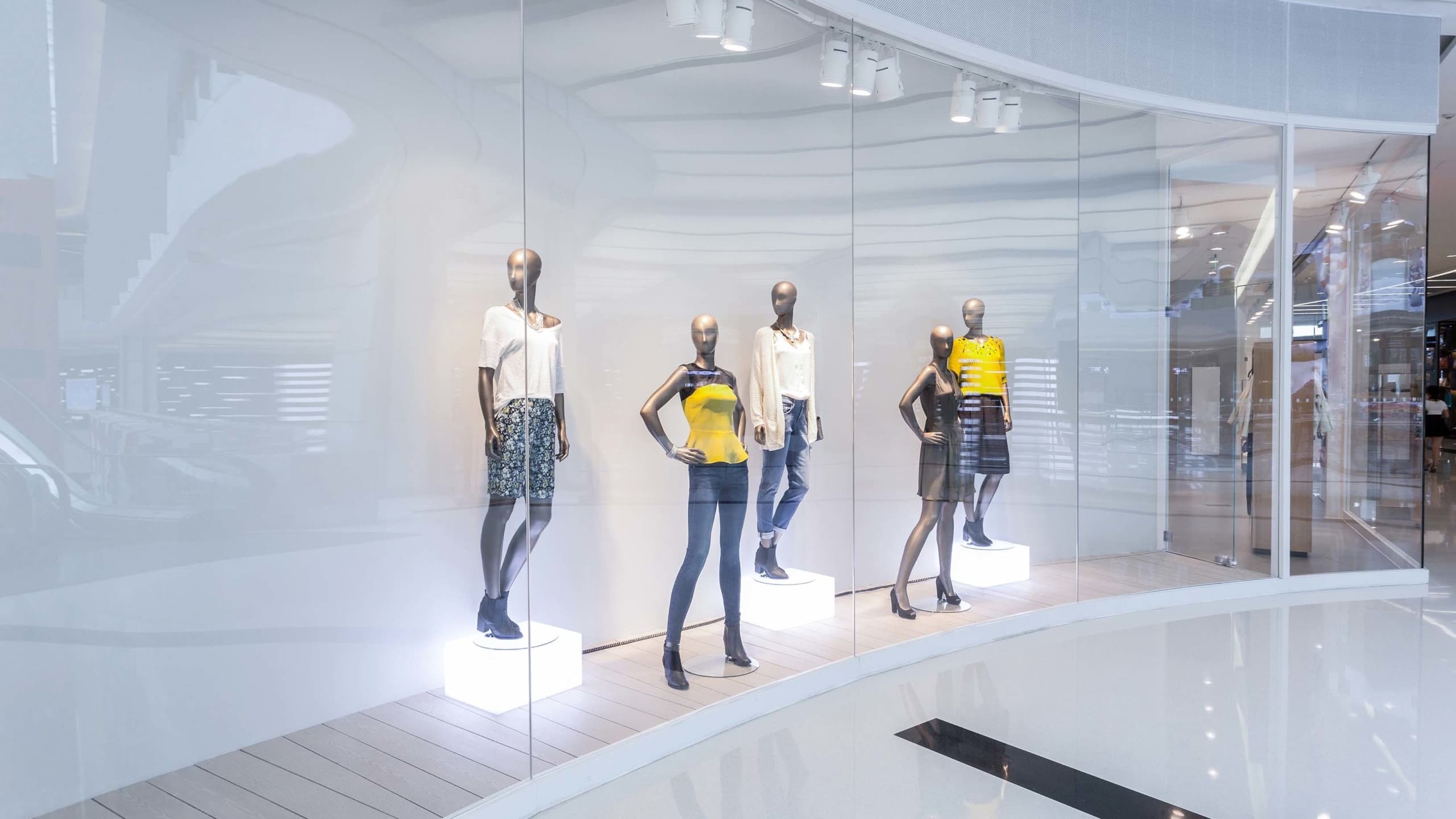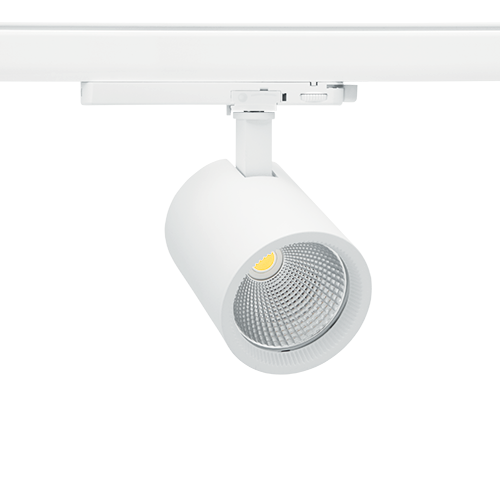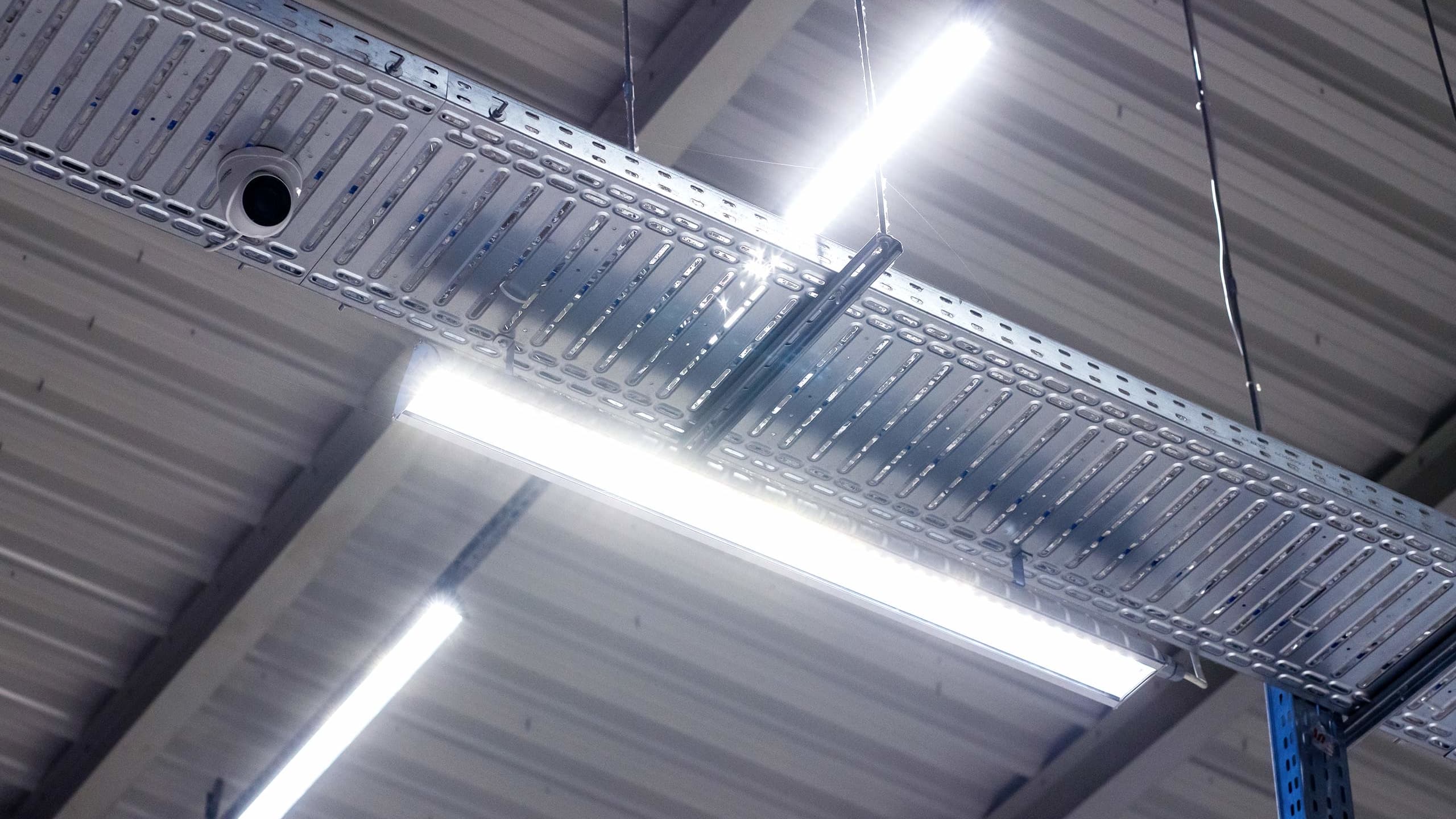Can shop lighting increase sales? – this is the question every entrepreneur should ask themselves when offering products to retail customers. Retailers, including grocery shops and drugstores, as well as boutiques and other showrooms, try different ways to attract potential customers to their products. In this article, we address the issue of lighting and its impact on sales.
We answer the questions:
- Can shop floor illumination affect sales?
- Is lighting outside the shop important?
- How to drive up sales with lights? General, accent and decorative lighting.
- How to choose lighting to influence purchasing decisions? Display, clothing shop and checkout lighting.
Can shop floor illumination affect sales?
Shopping in a shopping centre or small shop involves customer visits, which can be accompanied by various emotions. These play an important role in the number of products sold. Light, in this case, makes the time more pleasant, creating a welcoming atmosphere so that customers spend as much time as possible in the shop. This gives them the opportunity to be inspired to buy, which results in increased sales, as we mentioned here.

LED lighting outside the shop
The shop window is the first place that consumers turn their attention to, so it is extremely important to illuminate it appropriately, as well as the building façade itself. Illumination can have a positive effect to turn shoppers’ eyes to the particular shop. Another step is to encourage the passer-by to visit the shop. The priority is to present the goods already on offer in the display window in the right light. For this purpose, spotlights can be used to illuminate the products, e.g. the Tracklights.
How to drive up sales with lights?
Customers’ purchasing behaviour is linked to light and its play in the retail space. The highlighting of products, through the use of the right type of lighting, is a key aspect affecting their perception. Goods presented in good light simply sell faster.

General lighting and its role in the retail environment
Light sources in circulation areas and between shelves provide a kind of a background for the products displayed. Therefore, in these areas it is important to ensure uniformity, as well as sufficient lighting intensity. This will ensure that customers experience high visual comfort. This also involves the effect of glare that should be minimised in shop aisles. However, the optimum CRI for general lighting is 80 and the light colour should be around 4000K. Therefore, LED luminaires luminaires are ideal for general lighting, providing low glare and the right colour temperature for the products’ surroundings, while also being functional and energy-efficient.

Accent lighting versus decorative lighting, which is more important?
An illuminated display is the hallmark of any shop. It creates the first impression and attracts customers’ attention. It is a kind of invitation and encouragement to step into the shop. For this reason, it is important that the lighting intensity in the display area is high, but, at the same time, adapted to the environment and the goods on display. In this case, it is best to use different types of lighting.
The right lighting and colour selection, taking into account the type of product, certainly influences customers’ purchasing decisions and sales figures. The use of accent lighting is intended to turn customers’ eyes to particular areas, so its intensity should be higher than that of general lighting.
Customer interest can also be aroused through the use of decorative lighting in critical locations such as display windows or in areas designed to emphasise the interior design.
How to choose lighting to influence purchasing decisions?
Individual types of shop lighting should have different specifications. General lighting is intended to evoke positive emotions and allow for a comfortable environment, so the amount of daylight coming in through windows or skylights is important. Moreover, the more of it, the greater the savings that can be made, and by combining this with LED lighting equipped with light sensors and a control system, consistent visual comfort is maintained.

Display lighting
The requirements and expectations of customers may vary depending on the type of shop for which the lighting design is made. Consequently, the lighting parameters should be adapted to the characteristics of the shop.
For accent lighting, colour, spectrum and light intensity are important. Suitable contrasts help emphasise the qualities of individual items. For example, luminaires for the illumination of specific products, e.g. fruit or jewellery, should have higher luminance, but must not create reflections while maintaining the homogeneity of the diffused light.
Table 1 Sample light parameters used for display lighting.
| Product type | Recommended colour temperature, K | Recommended light spectrum, nm | |
| Baked goods | 2500-3000 | Approx. 620 | Orange colour enhancement |
| Red meat | 2700-3000 | 600-650 | Orange and red colour enhancement |
| Meat with fat content | 2700-3000 | 450 and 650 depending on product | Blue and red colour enhancement |
| Fish | 3000-4000 | Approx. 450 | Blue colour enhancement |
| Other products | 3000-4000 | Approx. 450 and 630 depending on product | Blue and red colour enhancement |
It is advisable to use dedicated luminaires for the type of display and area of application. This is the case, among others, of food products, as shown in the table below, and for clothing.
Lighting in clothing shops
In clothing sales areas, the CRI, which affects the perception of colours, is of the greatest importance. For this reason, luminaires with a high CRI of up to 90 are recommended for clothing shops. This will ensure that customers will see the colours of the products close to those in daylight, which will make them satisfied about their purchase. For bridal gown showrooms, dedicated lighting is recommended to highlight shades of white.
Another type of illuminated area in clothing shops is fitting rooms. It is there that customers most often make their decision to buy a particular product, so a colour rendering index of at least CRI 90 is particularly important. A modern solution, however, is to use colour-controlled light sources in the fitting rooms.

Checkout lighting
The checkout area is important from the point of view of both customers and employees. Here, lighting intensity, glare factor and light uniformity are of the greatest importance. Occupant comfort depends on these parameters. Minimising the glare factor, e.g. keeping it at 19, and a high light intensity of approximately 500 lx will guarantee good visibility for products and cash. On the other hand, an appropriate luminance distribution will ensure comfort for the eyes. Edge type luminaires are ideal in these areas.
Wondering which shop lighting to use? Email us! Accent or decoration lighting, and maybe LED luminaires for general lighting? We can help you choose the right light source for your products.

Do you have additional questions?
Ask our expert
See other articles
What is discomfort glare?
Every one of us has, on more than one occasion, experienced dazzling light, which, in practice, is known as discomfort glare. Commonly referred to as glare, this effect adversely affects the eyes, reducing vision and recognition.
Lumens to watts – how to convert the luminous flux?
The luminous flux of LED lighting is given in lumens. With traditional light sources, on the other hand, the luminous intensity was usually determined as the power they consumed in watts. To be able to at least compare the two sources to some extent, it is necessary to convert lumens to watts. Therefore, in this article we address this issue.

Masz dodatkowe pytania?
Zapytaj naszego eksperta





